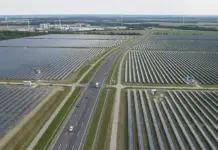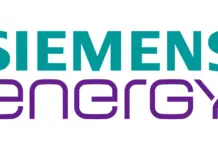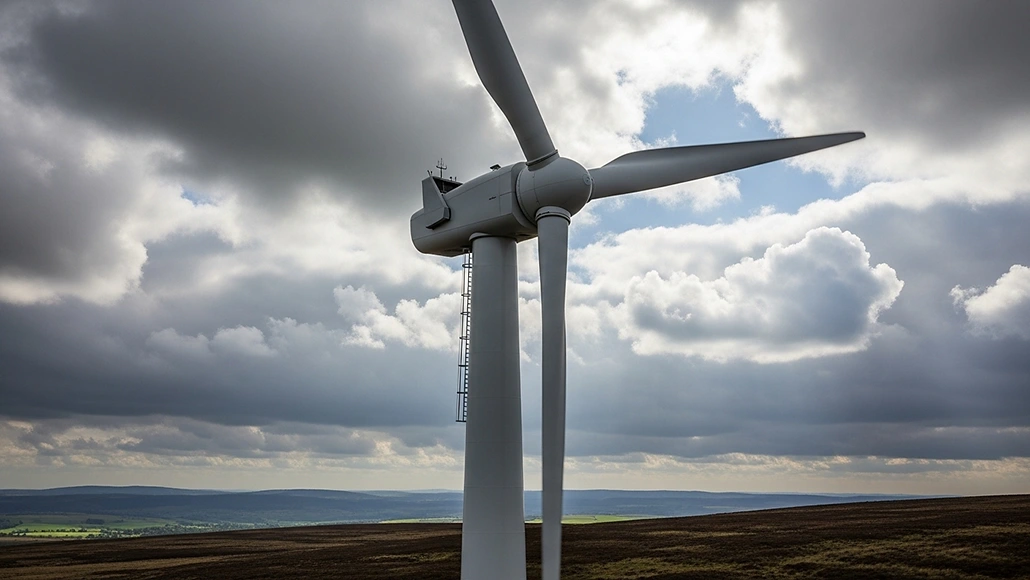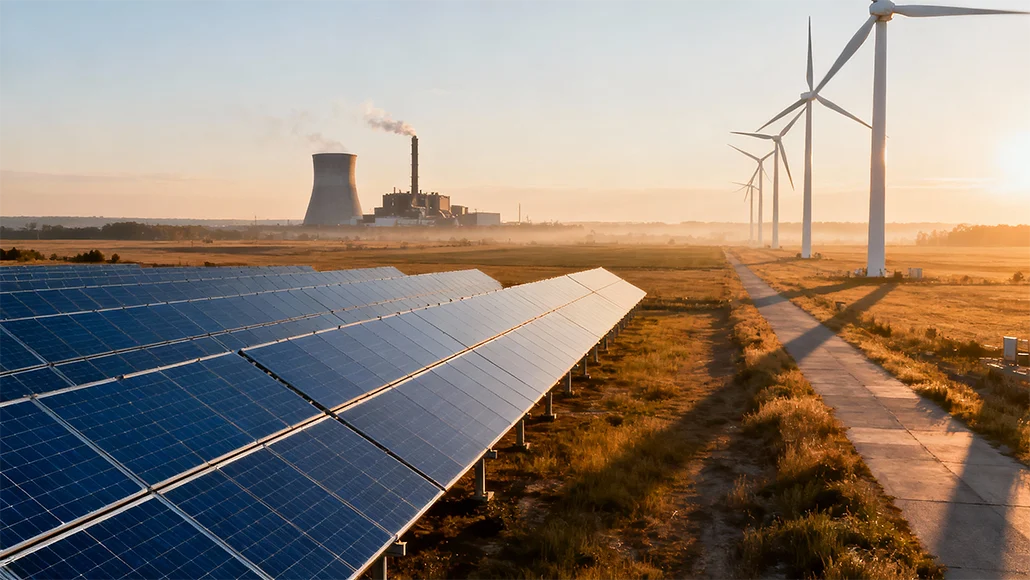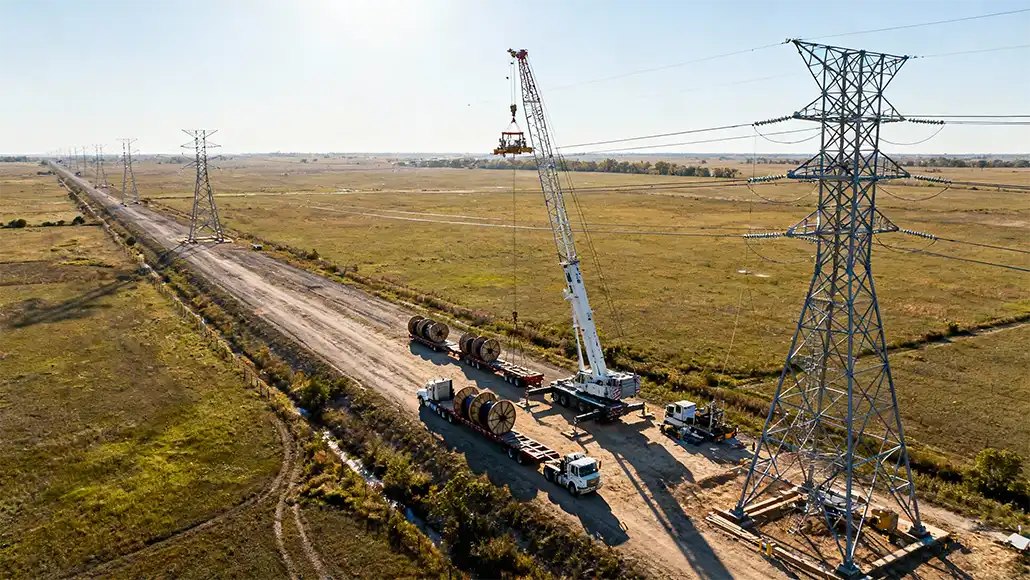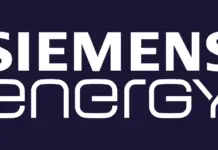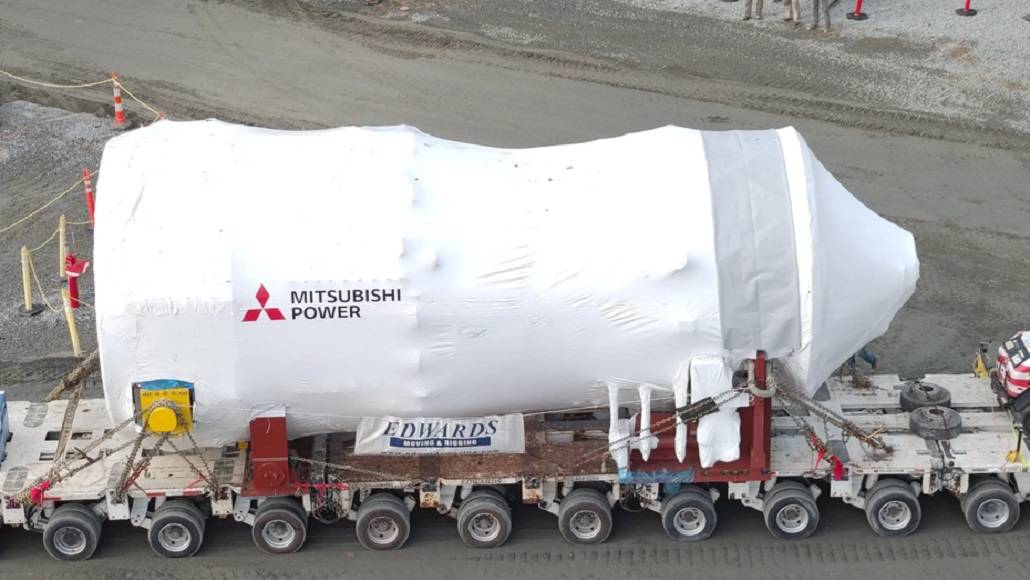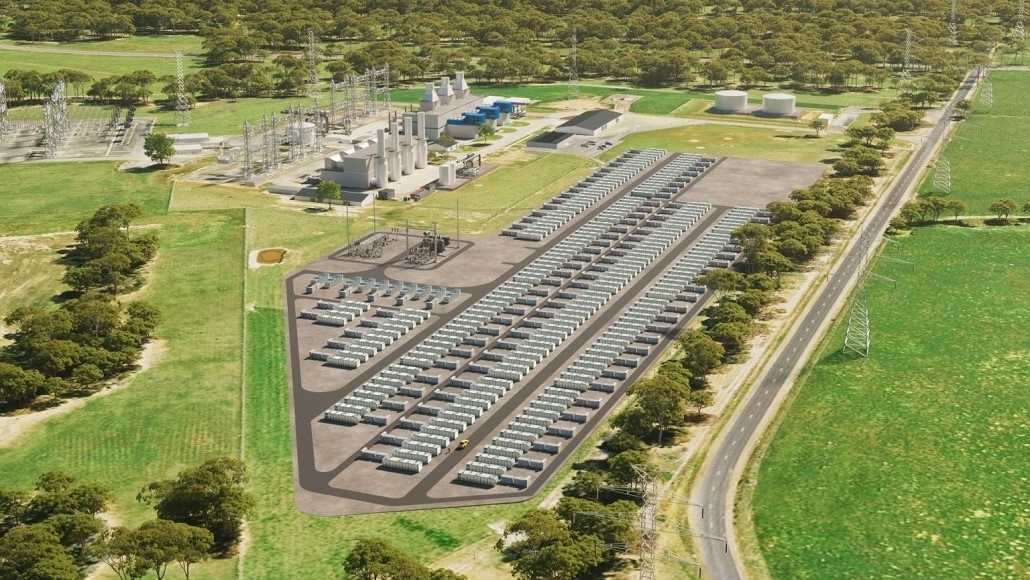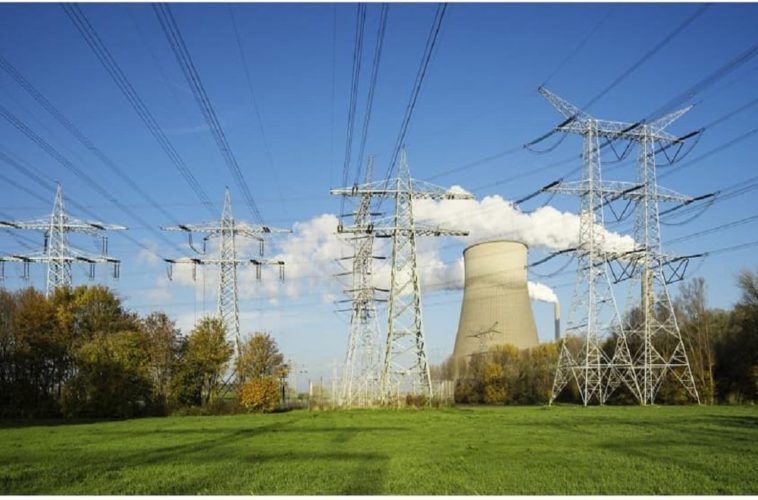As the world continues to grapple with the barriers that are posed by climate change and also the pressing requirements for sustainable energy solutions, green hydrogen has gone on to emerge as a very important player when it comes to global energy transition. Green hydrogen, which is produced by using renewable energy sources like wind and solar, happens to offer a clean alternative to fossil fuels and is all set to revolutionize the energy spectrum.
With regard to this context, the development of green hydrogen export corridors by way of port-to-pipe B2B models is gaining a lot of momentum, with ports as well as heavy logistics companies partnering in order to establish the required infrastructure, which includes pipelines, compressors, and also efficient supply chains.
The green hydrogen growth
Green hydrogen goes on to represent a prominent advancement within the quest for sustainable energy.
Unlike the gray hydrogen, which is produced by way of fossil fuels and also gives off significant greenhouse gases, green hydrogen happens to be generated by way of electrolysis of water, which is powered by renewable energy sources. This process gives out hydrogen without the associated carbon emissions by positioning it as one of the crucial components in achieving global climate objectives.
The International Energy Agency (IEA) anticipates that demand when it comes to hydrogen could well reach somewhere between 120 and 200 million tons by the end of this decade, with green hydrogen playing a very prominent role in this progress. Countries across the globe are increasingly recognizing the potential when it comes to green hydrogen as a clean energy carrier that is capable of decarbonizing hard-to-abate sectors like heavy industries as well as long-haul transport.
A partnership approach by port-to-pipe B2B models
It is well to be noted that the establishment of green hydrogen export corridors happens to be contingent upon the collaborative endeavors of ports as well as logistics companies in order to develop infrastructure that is very robust. Ports happen to serve as a commercial hub for the production as well as distribution of green hydrogen by way of facilitating the shift from production to consumption. Innovative port-to-pipe B2B models that are being developed today go on to create a very seamless connection between the hydrogen producers as well as the end users by making sure of efficient transport as well as distribution networks.
Apparently, these models go on to leverage the present logistics capacities while at the same time introducing new technologies as well as processes, especially designed for hydrogen transport. Compressors go on to play a very vital role in this infrastructure by converting hydrogen gas into liquid form for much easier handling as well as transportation.
More pipelines are necessary for transporting hydrogen from production facilities to distribution points where they can be used to supply industrial customers or even get exported internationally.
It is well to be noted that a successful execution of port-to-pipe B2B models needs extensive partnership between various stakeholders, which includes agencies, government, energy companies, as well as logistics providers. All put together they can create an integrated framework that happens to support the development of export corridors when it comes to green hydrogen by making sure of a dependable as well as effective supply chain.
Infrastructure development along with investment
Investment within the necessary infrastructure for green hydrogen Export corridors are crucial when it comes to realizing the overall potential of the energy source. Establishment of compressors, storage facilities, and pipelines needs substantial financial commitments.
However, the long-term benefits far outweigh the initial expenditure. Governments as well as private investors are increasingly recognizing the potential returns on investments that are associated with green hydrogen infrastructure, thereby leading to growth in funding as well as development activity.
In the years that have gone by, there are numerous countries that have initiated large-scale.
projects that are aimed towards establishing green hydrogen export corridors. Australia, for instance, has gone ahead to emerge as a frontrunner when it comes to the green hydrogen sector with ambitious plans to go ahead and develop export facilities that can supply hydrogen to markets across Asia as well as beyond.
The Australian government has also outlined major investments in hydrogen production as well as transport infrastructure, which will help with the growth of a hydrogen export sector that is robust.
In a similar way, the European Union is also prioritizing green hydrogen in its energy strategy and has gone on to commit to establishing hydrogen corridors that connect production sites along with industrial centers as well as ports. These efforts are supported by way of funding initiatives like the hydrogen strategy by the EU as well as various national policies that are especially designed in order to promote hydrogen production as well as utilization.
Supply chain optimization as well as efficiency
The development when it comes to green hydrogen export corridors must stress not just infrastructure but also optimizing supply chain operations. Heavy logistic companies go on to play a very critical role in making sure that hydrogen reaches the intended destination with a lot of safety and efficiency.
Coordinated efforts are required in order to streamline the processes, decrease the costs, and also enhance the complete efficiency when it comes to supply chain. Digital technologies, along with advanced logistics management systems, can prominently enhance the effectiveness when it comes to hydrogen transport. By leveraging real-time data analytics, automation, and predictive modeling, logistics companies can make the utmost use of routing, inventory management, and scheduling. This kind of efficiency is very much required in order to meet the rising demand for green hydrogen and also make sure that there is a dependable supply to industrial customers. In addition to this, investment in training as well as workforce development happens to be critical in order to equip logistics personnel with the right skills and knowledge that are necessary so as to handle hydrogen safely.
As the sector expands, making sure of consistent safety as well as operational excellence is going to be paramount so as to build trust and, of course, confidence among the stakeholders.
Green hydrogen—a sustainable future lies ahead
The establishment of green hydrogen export corridors happens to represent a critical step towards a sustainable energy future. By fostering partnership between ports, governments, and logistics companies, the industry can go ahead and establish infrastructure that is required so as to support large-scale hydrogen production as well as distribution. As more nations commit to net zero emissions targets and, at the same time, also prioritize renewable energy initiatives, the green hydrogen demand will only continue to grow. The successful development when it comes to export corridors will not only support the domestic energy requirements but also help countries to play a very active role in the pursuit of a worldwide hydrogen economy.
The fact of the matter is that the emergence, when it comes to green hydrogen export corridors, happens to signify a very transformative shift within the energy landscape. With the partnership efforts of ports as well as heavy logistics companies, the development of port-to-pipe B2B models is going to create a more dependable as well as efficient framework when it comes to hydrogen distribution. As the world moves towards a much cleaner as well as sustainable energy future, green hydrogen is going to play a very critical role as far as the decarbonization of industries is concerned, along with meeting the challenges in terms of climate change. Apparently, the time is indeed ripe for stakeholders to go ahead and invest in this bloating sector and hence contribute towards a sustainable as well as hydrogen-powered economy.



